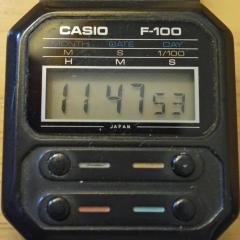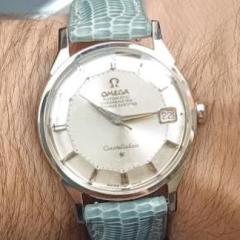Supercharged Seiko NH35
-
Similar Content
-
Recently Browsing
- No registered users viewing this page.
-
Topics
-
Posts
-
Good question no idea I'm guessing is a dictation problem again. Okay reading what I said it's more difficult to break? I guess I'm using the word difficult wrong okay let a quote myself in all change the wording Yes they can be broken but it's much harder to do than it is to break glass
-
It makes you wonder who worked on the watch before you and why the spring is bent out of shape? Then there's the other strange problem of the pinion? The parts listing for this watch the image that part is not quality at all It would be really nice to find a picture of the part in the original package but this is an image I found online Then what was bothering me was here is an image from a 1012 and you'll notice the spring set up is entirely different? So wonderful ever modified your spring did something to the pinion also? But again it's it is working maybe it's fine
-
For mechanical I think the JLC 101 holds the record, I’m sure @nickelsilver has mentioned working on them. This is still the record for mechanical movements a hundred years after it was created. Tom
-







Recommended Posts